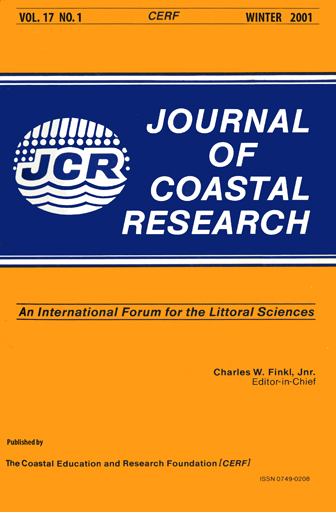Gulf of Mexico Historic (1955-1987) Surface Drifter Data Analysis
Keywords:
Drift bottles, geographic distribution, clusters, seasonal variations, stranded animals, landing probabilities, Gulf coast, oil spills, correlation analysis.Abstract
Analysis of historic (1955-1987) surface drifters (mostly cards and bottles) released in the Gulf of Mexico reflect two meteorological seasons of the Gulf, winter and nonwinter. Five clusters of high drifter recoveries evident in both seasons were identified: 1) south Texas; 2) Louisiana-Texas border; 3) Mississippi River Delta to Cape San BIas, Florida; 4) Tampa, west Florida; and 5) southern to eastern Florida. A chi-squared test revealed that the distributions of drifter landings and human population, represented by human marine activities, are different at the 95% confidence level. Currents and winds are the dominant factors controlling the geographical distribution of drifter landings, while population density in coastal areas plays a minor role. The drifters' geographical distribution and the distributions of marine mammal and turtle strandings have correlations (statistically not significant) of 0.25 and 0.31, respectively.
Recovered drifters in selected segments in the eastern Gulf received drifters released primarily in the eastern Gulf, whereas western areas received drifters from everywhere. This distribution is probably the result of the westward surface drift driven by prevailing westward winds in the Gulf. Landing probabilities from drifters when compared with results from the Oil Spill Risk Analysis (OBRA) model were within an order of magnitude and their spatial distributions have correlation coefficients of 0.44 to 0.49 (significant at 80% level) for the total, winter, and nonwinter seasons.

